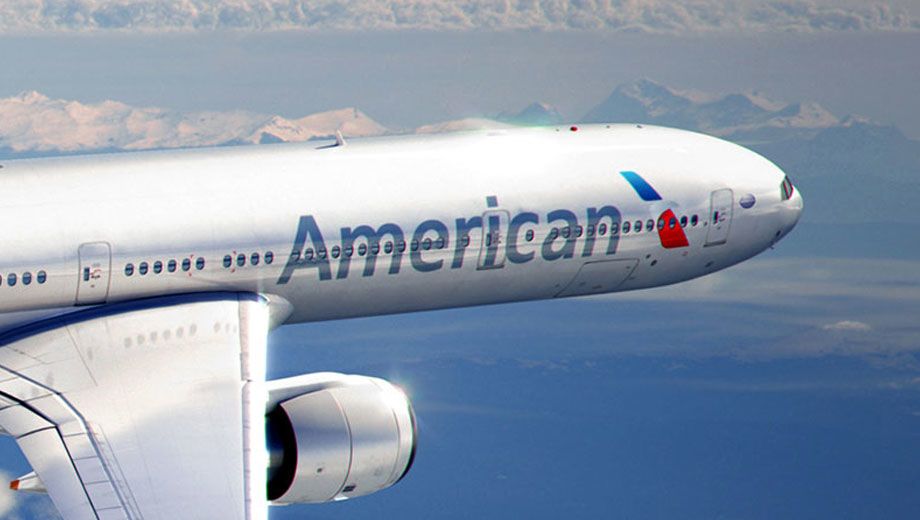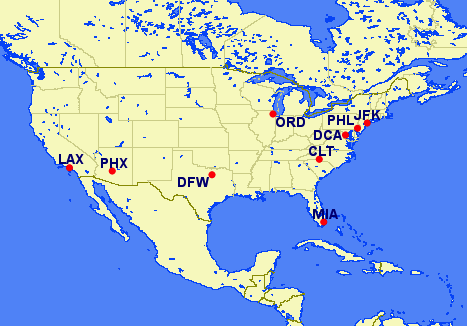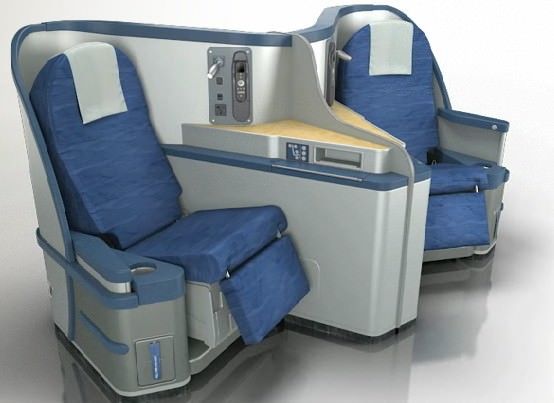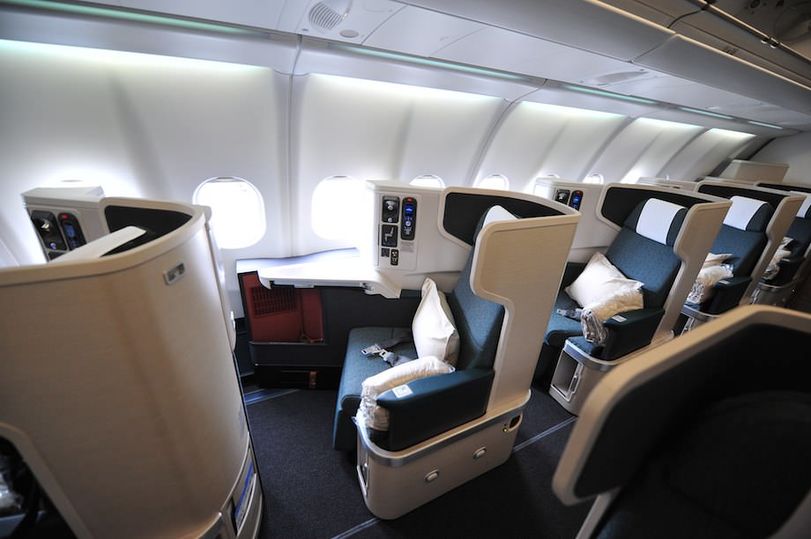American's US Airways merger: impacts for Qantas Frequent Flyers

With a merger between American Airlines and US Airways all but complete, Qantas Frequent Flyers heading to the States and further afield will be keen to know how the new combined airline will affect their points, miles and status.
All signs point towards the new airline being essentially a larger American Airlines under US Airways management, as a member of oneworld and with American's AAdvantage frequent flyer program.
US Airways as an airline, Star Alliance member and Dividend Miles loyalty scheme look set to be subsumed into the American Airlines brand.
That means that Qantas frequent flyers will see some benefits, there'll be some marginal additional options when connecting internally on Qantas/oneworld partners in the US, and some slightly better business class seats further afield.
The big losers are Star Alliance frequent flyers, and particularly United passengers out of Australia, who will see their US Airways connections and frequent flyer earning opportunities disappeear.
Australian frequent flyers come through mostly unscathed
It's unlikely that there'll be a major shift for frequent flyers since US Airways doesn't fly trans-Pacific, being more of a domestic US, trans-Atlantic and Americas airline.
That means that a regulator-driven breakup of the relationship between Qantas and the new American Airlines is improbable. The Qantas-American Airlines joint venture will likely continue as it is today, with the addition of current US Airways flights to the mix as the merger gets under way.

Qantas Frequent Flyers — and other oneworld cardholders — should be able to continue earning and burning their points on American as normal in the interim, with a few longer term questions about the calculations that affect precisely how much earning and burning QFF members can do.
Australian travellers who use the AAdvantage program to accrue miles on Qantas, meanwhile, will probably fall into the "advanced" level of frequent flyers. They should continue to keep an eye on points-and-miles forums for the very latest about how their program will change.
Star Alliance flyers, however, will be sad to see the demise of the US Airways Dividend Miles program, which was fairly generous and had regular sales of miles that allowed members to top up their accounts relatively inexpensively to reach the threshold for a reward flight.
This too is pretty advanced-level frequent flyer stuff, but consider spending your US Airways miles now if you have them, and keep an eye out for Star Alliance airlines offering "status match" promotions to attract frequent flyers back to the fold.
Americas and trans-Atlantic network improves
The biggest improvement for Australians will be for travellers connecting to the US east coast. US Airways is a major player at Washington's city-centre National airport (DCA), at Charlotte in North Carolina and in Philadelphia.
In the shorter term, look out for additional connection options to the east coast from those airports, especially via US Airways' west coast hub in Phoenix. But in the longer term, the number of hubs is likely to shrink for efficiency.
Of course, US Airways flights will be a loss to Australians crossing the Pacific on Star Alliance partners, especially United — US Airways is set to break up with United and the Star Alliance to become part of American and oneworld.
The US Airways trans-Atlantic and South American network will also be a welcome addition to Qantas Frequent Flyers' options when travelling further afield, mainly because of the surprisingly excellent business class seat, which is similar to Cathay Pacific's.
US Airways actually introduced an off-the-shelf version of the seat before Cathay, since the Hong Kong airline took extra time to customise it. (In an added twist, American Airlines then agreed with Cathay to take the seat for its own newest jets.)
Read more: seven things you may not have known about Cathay's customisations for its new business class seat
However, the US Airways version is still an impressive fully flat bed, much superior to most American Airlines — and other US-based competitors' — business class offerings.
It'll be a welcome addition to the oneworld options across the Atlantic and around the Americas.
For all the latest news, analysis and information you need to know, follow Australian Business Traveller on Twitter: we're @AusBT.


Hi Guest, join in the discussion on American's US Airways merger: impacts for Qantas Frequent Flyers